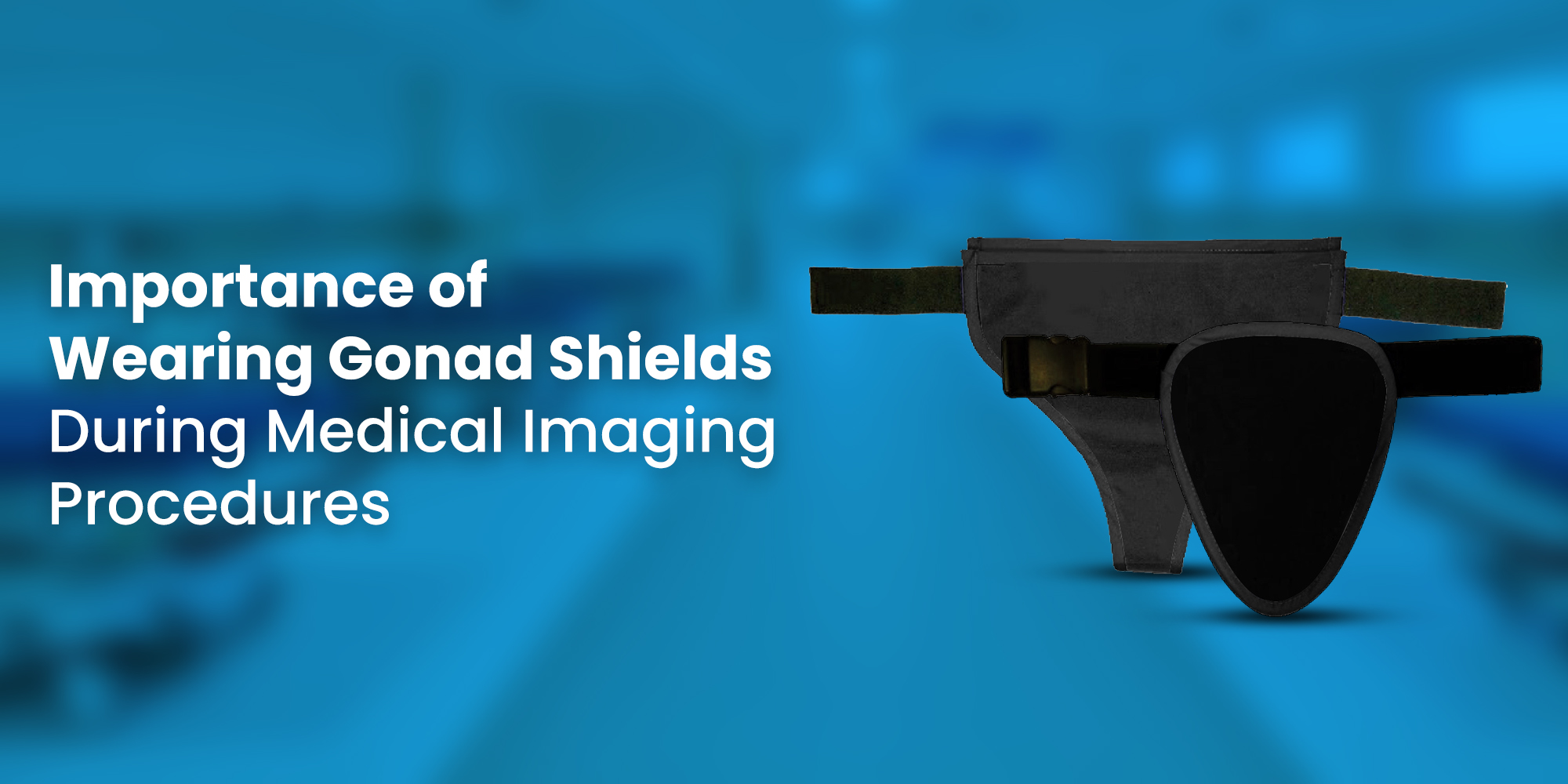Medical imaging has brought about a revolutionary transformation in healthcare by enabling precise diagnoses and effective treatment planning. However, alongside these remarkable benefits, there are inherent potential risks associated with these technologies, primarily stemming from exposure to ionizing radiation. One critical aspect of radiation safety is gonad shielding, which aims to protect the reproductive organs from unnecessary radiation exposure. This article explores the significance of gonad shielding in medical imaging procedures, supported by evidence from reputable sources.
The Evolution of Gonad Shielding
Gonad shielding was introduced as early as the 1900s, recognizing the potential harm of ionizing radiation to the reproductive organs. However, the practice was only sometimes only sometimes applied across all radiological procedures. In the 1950s, advancements in radiology led to a better understanding of the risks associated with radiation exposure, prompting the reevaluation of radiation safety protocols. This resurgence in awareness paved the way for the widespread adoption of gonad shielding.
The Objectives of Wearing Gonad Shielding
Gonad shielding serves two primary objectives: minimizing the radiation dose to the reproductive organs and preserving fertility. The gonads, which include the ovaries in females and the testes in males, are particularly susceptible to radiation-induced damage due to their high cell turnover rates. This vulnerability makes proper shielding indispensable during procedures involving the pelvic or abdominal regions. By placing a lead apron or shield over the pelvic area, medical professionals can substantially reduce the radiation dose to these critical organs without compromising the diagnostic quality of the image.
Scientific Evidence and Guidelines
Numerous studies have substantiated the importance of gonad shielding in minimizing radiation exposure to the reproductive organs. A study published in the National Center for Biotechnology Information (NCBI) database highlights that even low doses of radiation can cause genetic mutations and increase the risk of cancer in the gonads. Gonad shielding has been shown to reduce radiation dose to the gonads by up to 50%, offering a substantial benefit for long-term health outcomes.
The European Society of Radiology (ESR) and the American College of Radiology (ACR) have established guidelines endorsing gonad shielding during medical imaging procedures. These guidelines stress protecting patients' reproductive health while ensuring accurate diagnoses. Such recommendations underscore the consensus within the medical community regarding the pivotal role of gonad shielding in radiation safety.
Pediatric Imaging and Gonad Shielding
Children are especially vulnerable to the harmful effects of radiation due to their developing organs and higher sensitivity to ionizing radiation. Pediatric patients undergoing medical imaging procedures should be shielded whenever possible. Gonad shielding helps reduce radiation dose to the gonads in pediatric patients without compromising image quality.
Balancing Radiation Safety and Diagnostic Accuracy
Modern radiographic equipment is designed to accommodate shielding devices without significant interference in image quality. Additionally, radiologists and technologists are well- trained to position the shielding optimally, ensuring that the anatomical regions of interest remain visible.
By shielding the reproductive organs from ionizing radiation by wearing a gonad shield and an ovarian shield, medical professionals can effectively reduce the risk of genetic mutations, cancer, and other long-term health complications. The evolution of radiation safety practices has established gonad shielding as a crucial aspect of patient and medical professional care.







